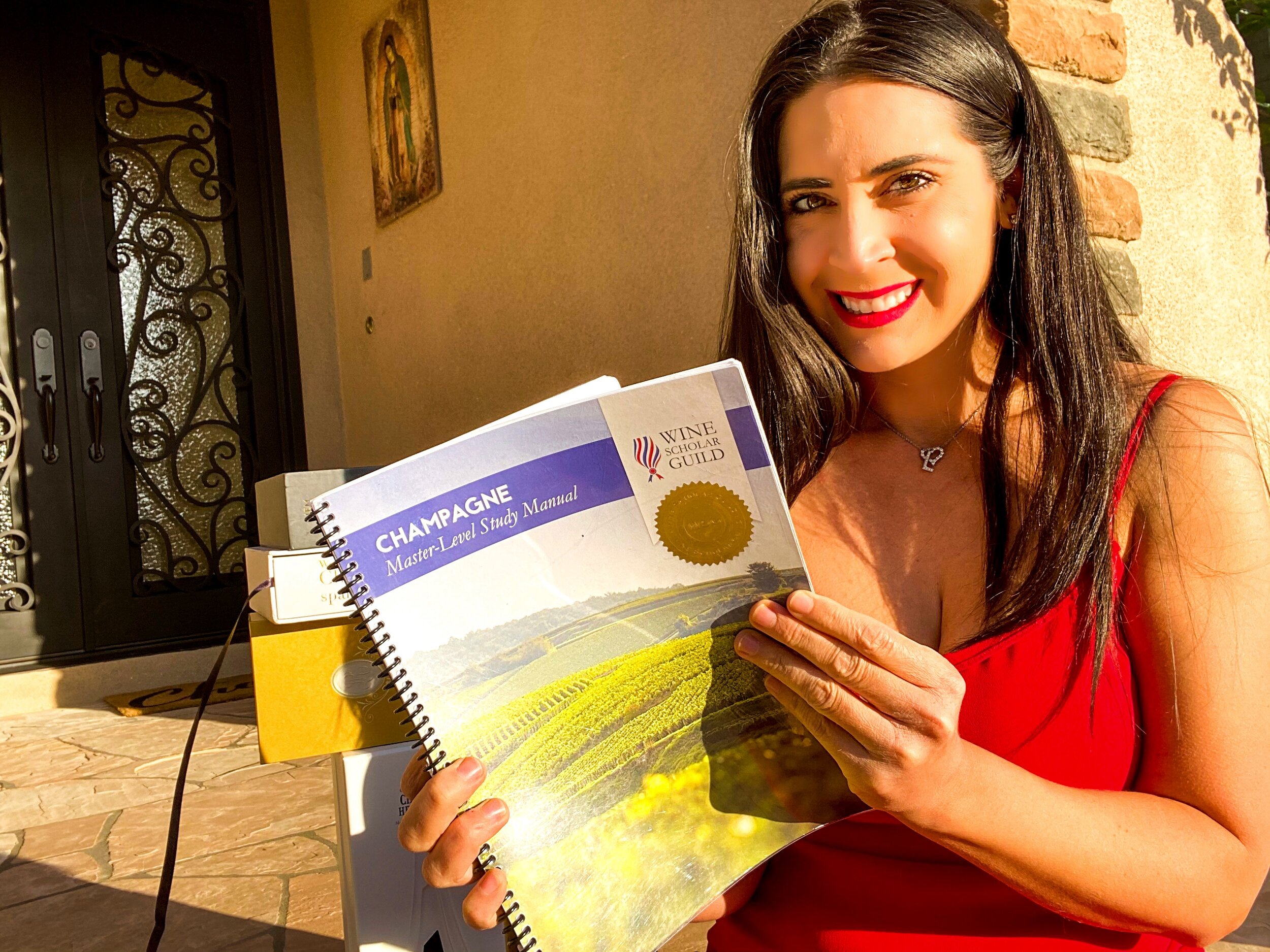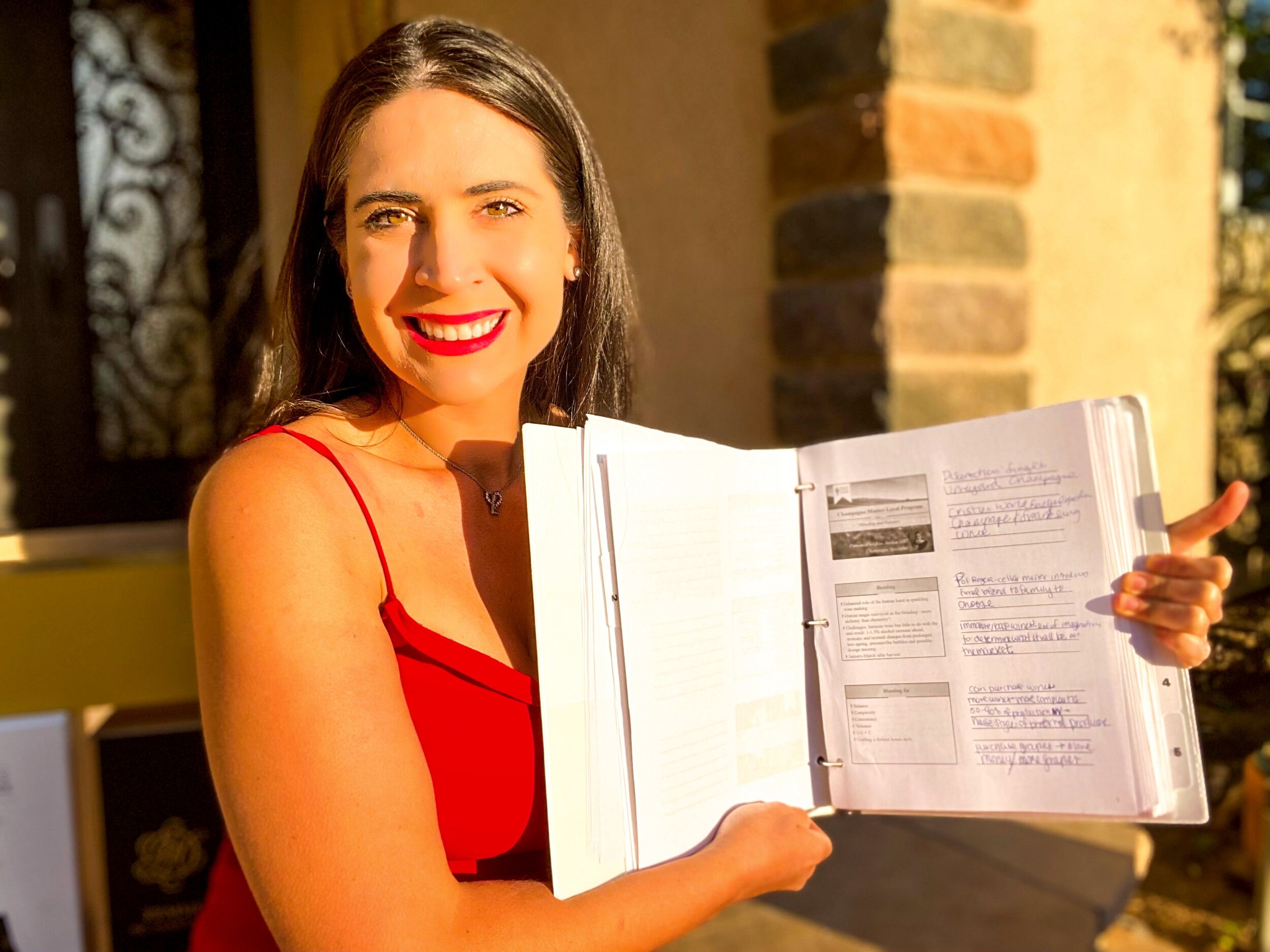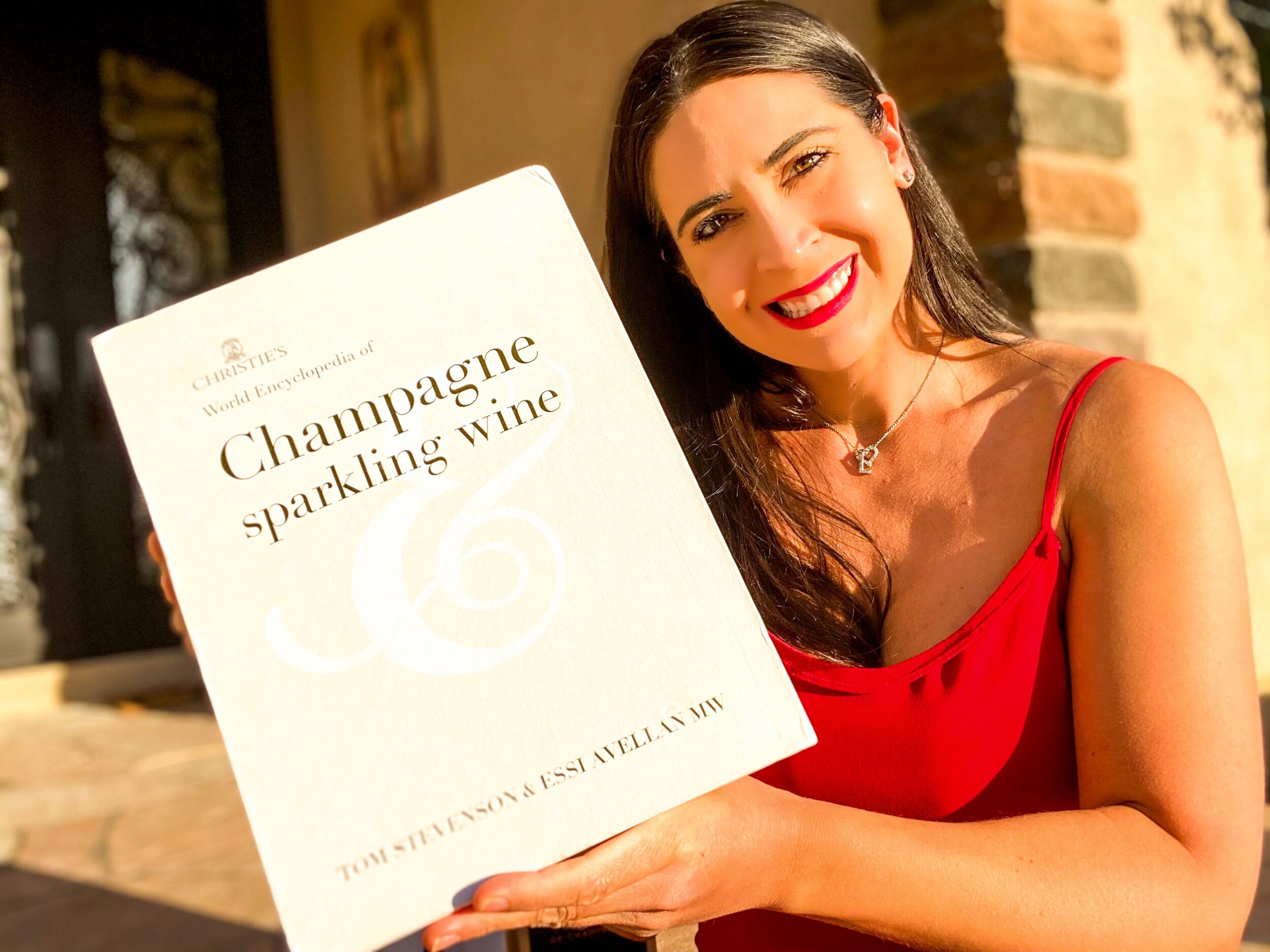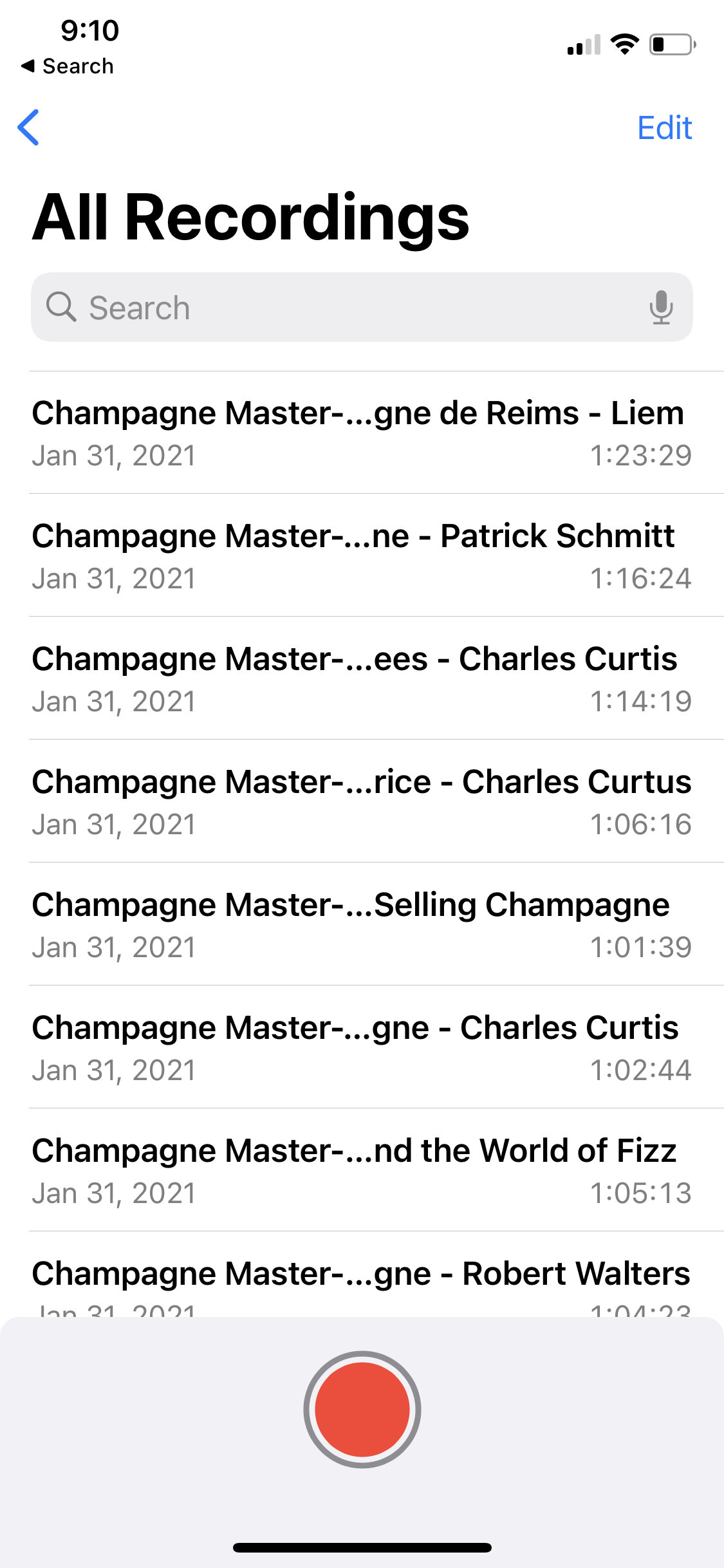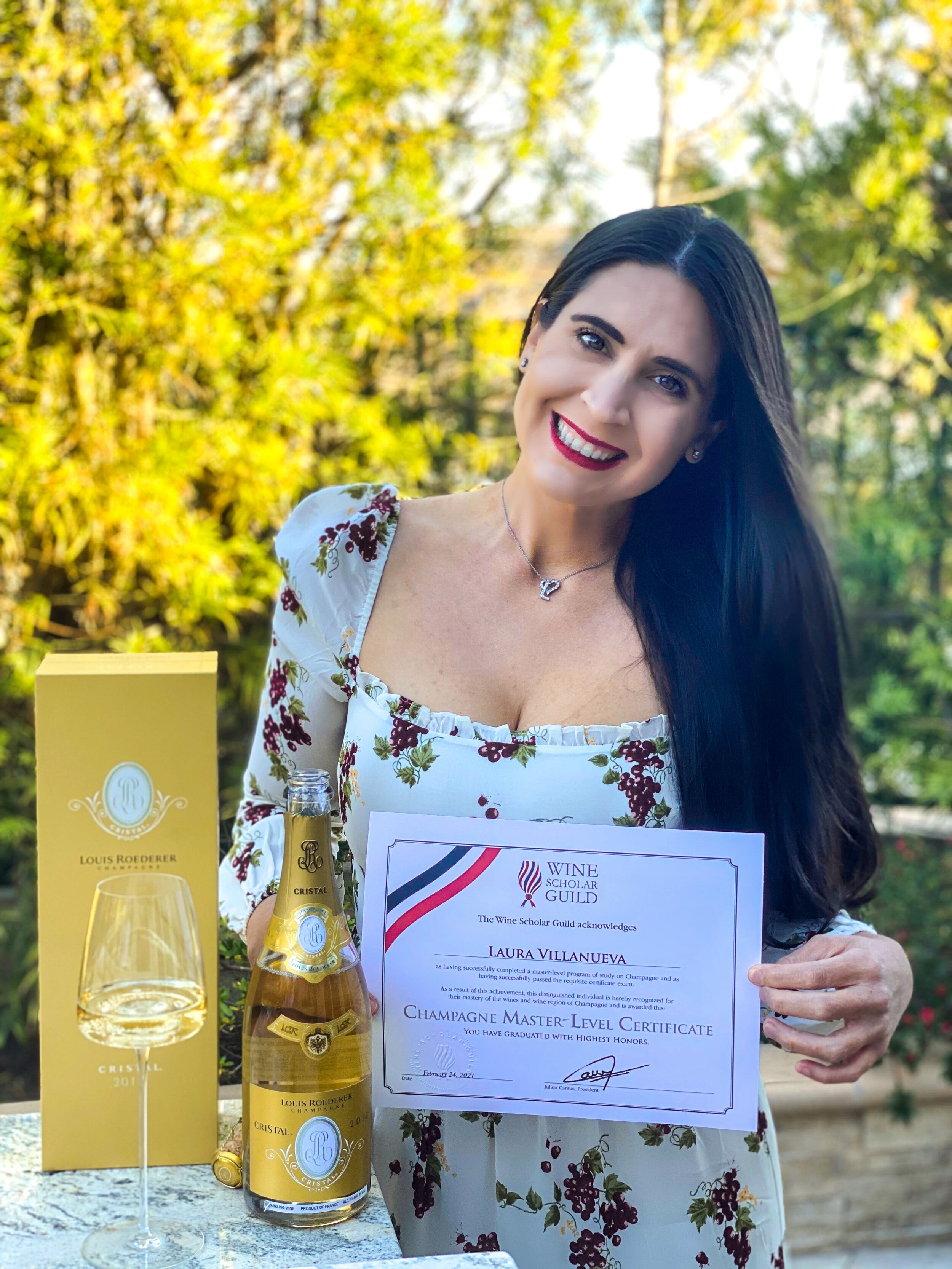A Champagne Study Manual comes with the class and is mailed to you once you sign up. The manual is close to 100 pages and should become your best friend during the program. In addition to the manual there are 15 webinars with top wine professionals including Essi Avellan (MW) going over a variety of different champagne topics. The webinars are from an hour to an hour and a half. The webinars are prerecorded and you can go at your own pace.This program is completely self-study and you have access to the online forum and webinars for a year. The test consists of 10 map locations, 50 multiple choice, and 4 essay/short answer worth 10 points each.
Previous
Previous
Biodynamics and Champagne Event Reims | Lifestyle
Next
Next


